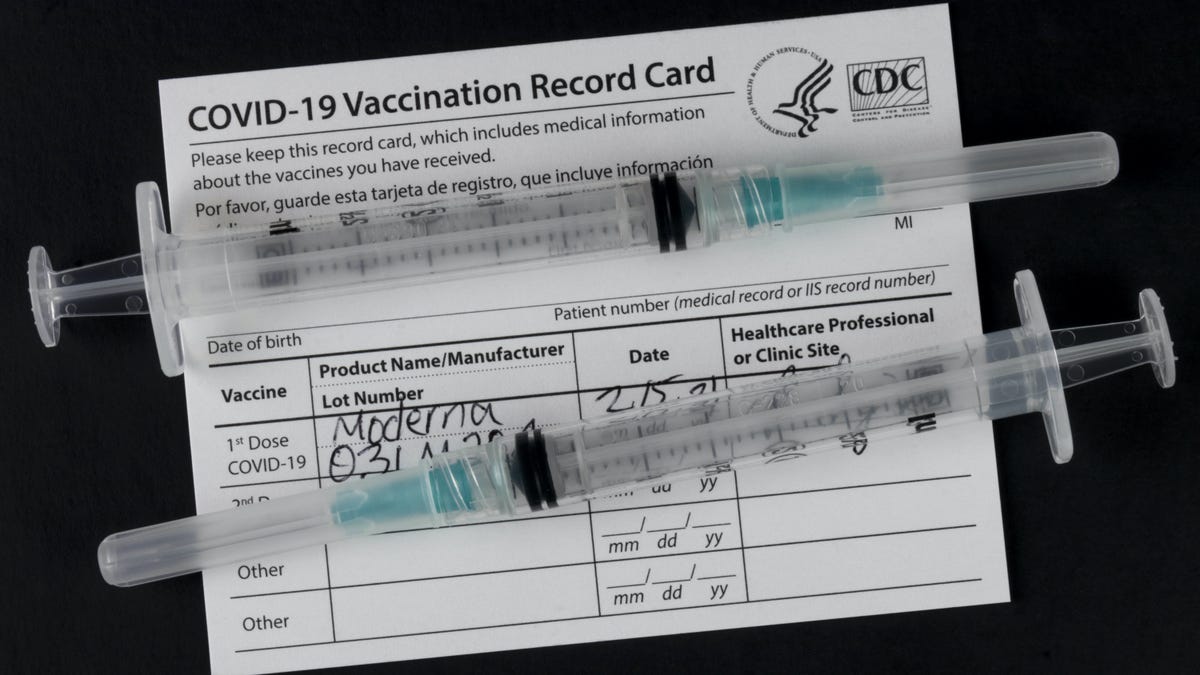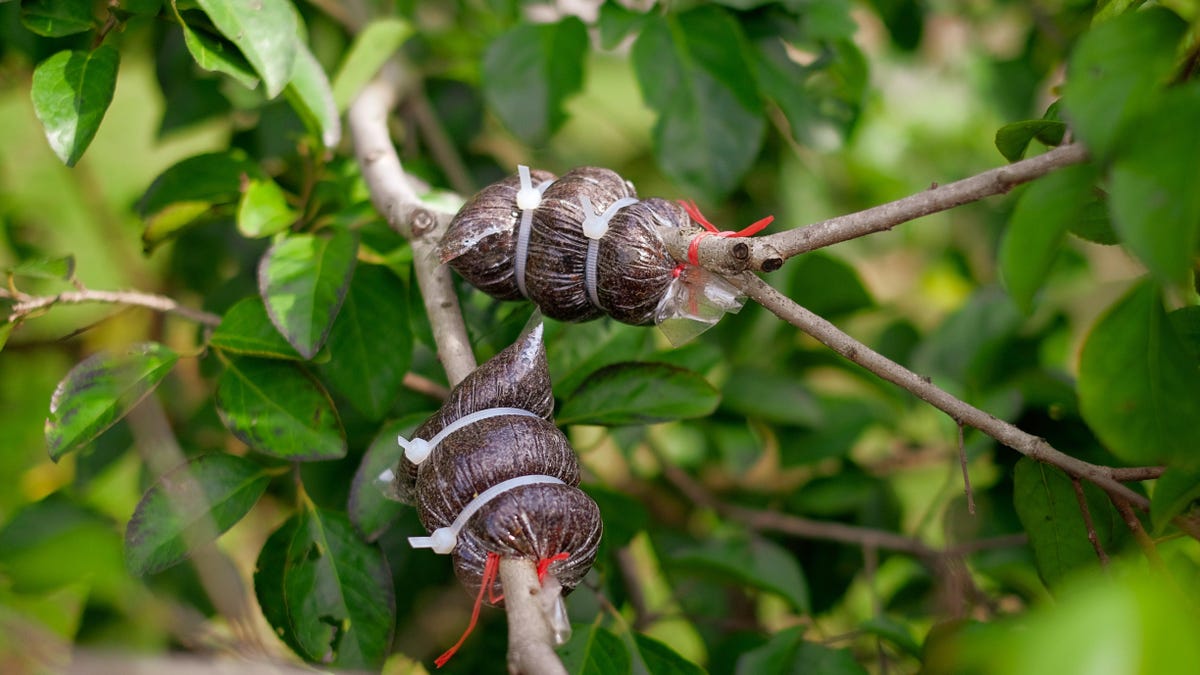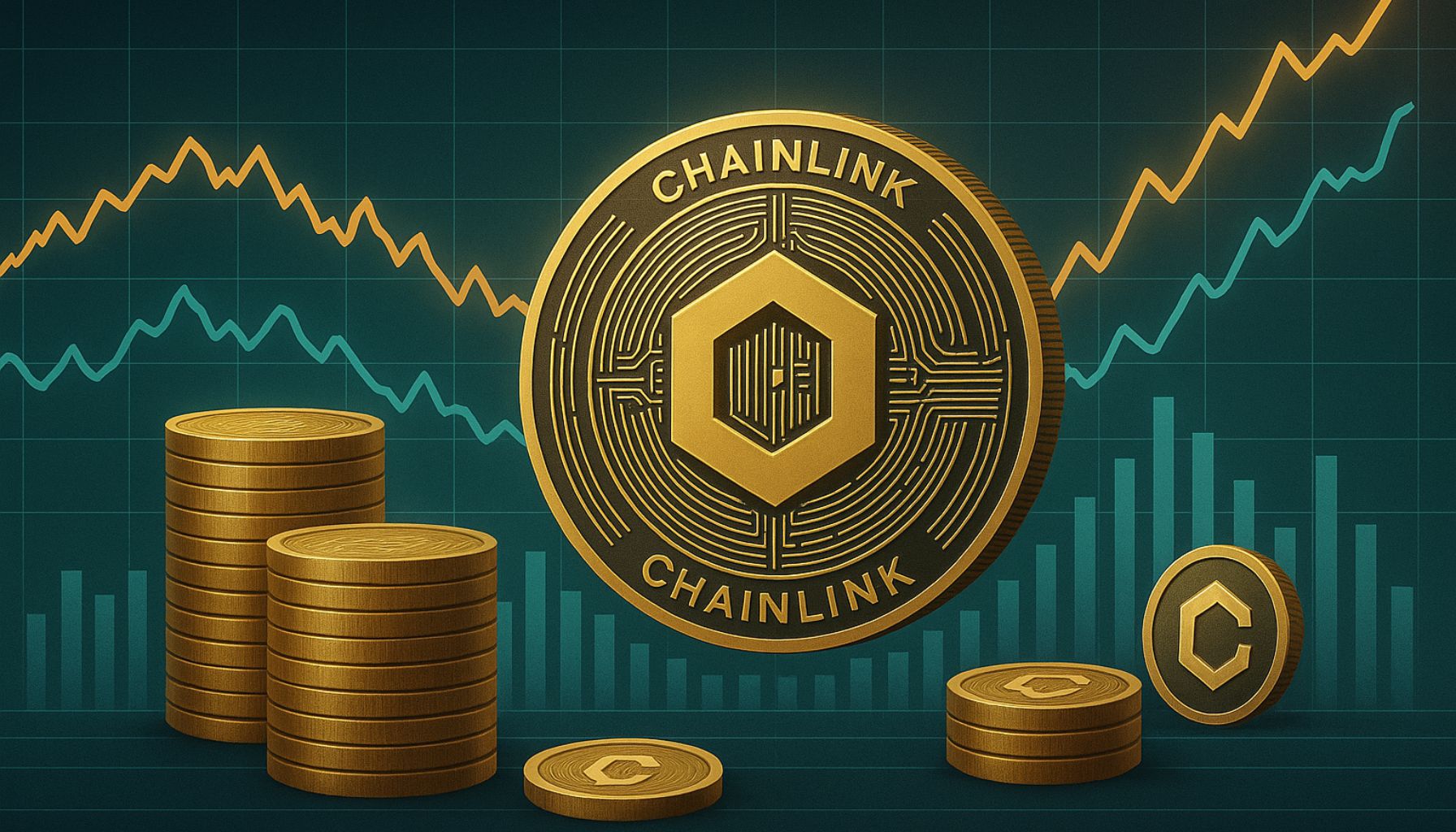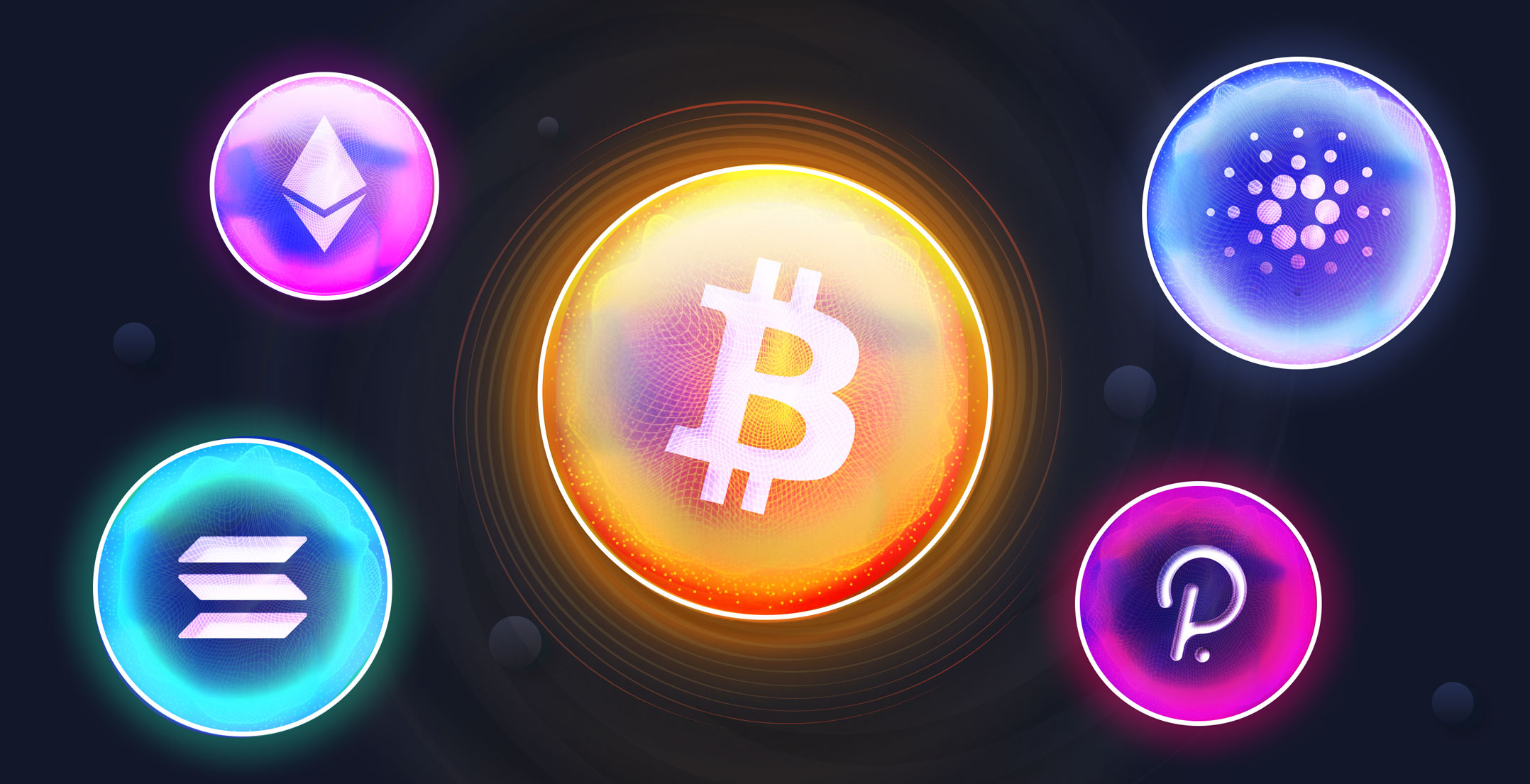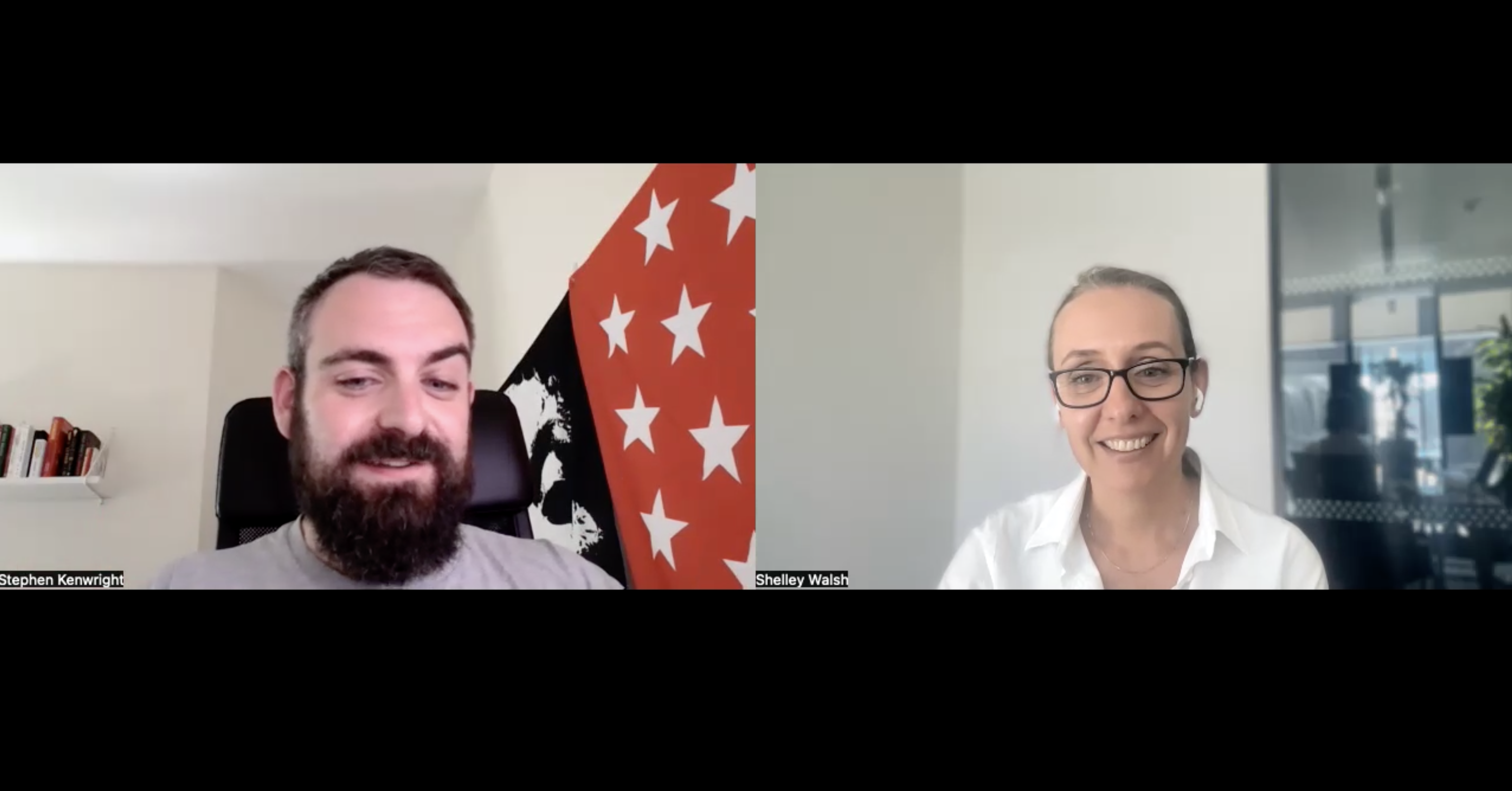Breaking down the events that led to the Terra Luna crash, and the Luna 2.0 revival plan
A timeline of events that led up to the Terra Luna cryptocurrency crash based on a new Huobi Research Institute report, and the revival plan.

The downfall of Luna has been highly circulated over the past month or so.
Luna’s prices plummeted from US$87 on May 5, 2022, to US$0.0005 on May 13. Terra’s widely adopted stablecoin, UST fell from the peg of 1:1 USD to 0.03:1 USD for the lowest price.
For the uninitiated, Luna is the native cryptocurrency of the Terra Ecosystem. Terra is a blockchain network that specialises in stablecoin creation.
The damage to the UST stablecoin also affected the other cryptocurrency markets, even triggering the firesale of BTC and other stablecoins, bringing about systematic havoc that’s still happening today.
So how did this all happen? We look at the events that took place surrounding the Terra Luna crash based on a new report by Huobi Research Institute (Huobi).
But first, understand how the Terra Ecosystem works
Founded in 2018 by Do Kwon and Daniel Shin of Terraform Labs, the Terra protocol creates stablecoins pegged to the US dollar, South Korean won, and euro, amongst others.
Stablecoins exist to make cryptocurrency prices more predictable. In theory, Stablecoins are meant to have a fixed value of around the currency that they are pegged to so they can be a more reliable store of value for investors, in contrast to the extreme volatility of Ethereum, Bitcoin, etc.
Another benefit of stablecoins is that they exist on a blockchain that is accessible to global users, so users don’t need multiple international bank accounts to send crypto to their friends in other countries. With stablecoins, they just need one crypto wallet.
TerraUSD (UST) is Terra’s stablecoin. Unlike stablecoins backed by fiat currencies, UST is backed by its sister token, Luna, and relies on algorithms to maintain its US$1 peg.
To peg a TerraUSD (UST), a USD value of Luna is convertible at a 1:1 ratio with UST tokens. If UST’s price is, for example, at US$0.98, arbitrageurs swap 1 UST for $1 of USD and make a profit of US$0.02. This mechanism increases UST demand and also reduces its supply as the UST is burned. The stablecoin then returns to its peg.
When UST is above US$1, say at US$1.02, arbitrageurs convert US$1 worth of Luna into 1 UST and make US$0.02. The supply of UST increases, and demand for UST also decreases, bringing the price back to peg.
Hence, Luna is meant to serve as a kind of shock absorber for UST’s price. For this stabilising price mechanism to work, users can redeem 1 UST for US$1 worth of Luna, even if UST is worth less than US$1.
But this mechanism would later lead to one of the reasons for Luna’s downfall.
The downfall of Terra Luna
1. TerraUSD joins the pool, and alleged attackers find vulnerabilities
Huobi’s report outlined that the coordinated attack started with 3pool.
Did you know: The most popular liquidity pool on Curve Finance is 3pool, which comprises three of the most popular dollar-pegged stablecoins, DAI, USDC, and USDT (3CRV). It essentially allows users to swap these stablecoins in a capital-efficient way.
Hubble ProtocolIn the meantime, Terraform Labs prepared for the 4pool launch, and more UST liquidity was deposited into the curve. According to Forbes, this was followed by a US$350 million sale of UST for USDC on the curve, by a supposed attacker that caused a significant imbalance between the UST (85%) and 3CRV (15%) in the pool.

4pool liquidity / Image Credit: Huobi’s report, via Dune.com
Subsequently, there was a bank run on Anchor, resulting in users rushing to pull out their funds and swap out of UST, as stated in the same Forbes article.
Did you know: Anchor Protocol (Anchor) is a lending and borrowing protocol that provides crypto natives, fintech companies, and investors a stable high interest rate of up to 19.5%.
2. An arbitrage trade
As the defence liquidity pool played out, the alleged attacker kept threatening the sale of UST as an arbitrage trade, reported Huobi. Arbitrage is the practice of buying and selling assets in different markets.
With the knowledge that defences are down in guarding the peg, the attacker launched a full-scale swap on the curve.
 4pool liquidity / Image Credit: Huobi’s report, via Dune.com
4pool liquidity / Image Credit: Huobi’s report, via Dune.comThis resulted in an imbalance of UST in the curve pool, despite the algorithm’s attempts to restore balance.
Hence, this imbalance intensified the supply of Luna in the market.
3. The big short
The alleged attacker is now aware that the peg cannot be guarded quickly with an external liquidity pool. This opened up the execution phase for the attack plan, the Huobi report stated.
After the 4pool UST crashed, depositors quickly withdrew UST and swapped to Luna. The swap resulted in a selling pressure of Luna, which reduced Terra’s liquidity as the primary source to buy back UST.
In response, the Luna Foundation Guard (LFG)—the organisation mandated to build reserves supporting the UST peg—sold assets like BTC and depleted all its reserve assets in an effort to further boost the value of UST.
However, the effort ultimately failed, resulting in the whole Terra chain suffering from a liquidity crisis where the entire value of Luna could not balance out the value of UST.
4. Luna’s supply inflates
As UST is convertible at a 1:1 ratio to a dollar’s worth of Luna. Arbitrageurs redeemed UST for Luna at discounted prices.
This resulted in more Luna being minted for each UST burnt, creating a hyper-inflationary loop in Luna’s supply. Luna’s value rapidly depreciated as arbitrageurs scooped up UST, burnt it, and minted Luna, then dumped that Luna on the market.
The benefit of the mechanism is that UST could re-peg if it worked, but the risk here is that Luna could go to zero. In that case, UST would also go to zero.
 Luna circulating supply changes / Image Credit: Huobi, via Smart Stake
Luna circulating supply changes / Image Credit: Huobi, via Smart StakeEventually, the worst-case scenario played out. Both Luna and UST lost virtually all their value in a matter of days.
The revitalisation plan
Almost a week after the Terra Luna collapse, Terra’s founder, Do Kwon announced a revival plan of the cryptocurrency on Twitter.
The new governance proposal suggests creating a whole new blockchain, with coins under the same name. Therefore, the depleted network will be renamed Terra Classic, and Luna to Luna Classic, mitigating the need for the UST stablecoin altogether.
To incentivise investors, Terra airdropped new Luna tokens (otherwise called Luna 2.0) to Luna Classic stakers, holders, the remaining UST holders, and several app developers of Terra Classic.
The new Terra network went live during the final week of May, and traded on exchanges including Bybit, Kucoin, Huobi, and Binance.
On its first day, the cryptocurrency seemingly had a bright start, though its price fluctuated greatly. It’s worth noting that the price has varied drastically on different exchanges, and was largely attributed to the trading volume.
All in all, despite the undoing of Terra Luna in the past month or so, reports point to a certain optimism from investors and traders for the new Terra 2.0.
However, without the UST as the unique selling proposition for Terra 2.0, the question surrounding the value and attractiveness of Luna is still up in the air for now.
Read other cryptocurrency-related articles here.
 Tfoso
Tfoso 








